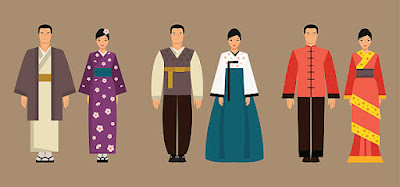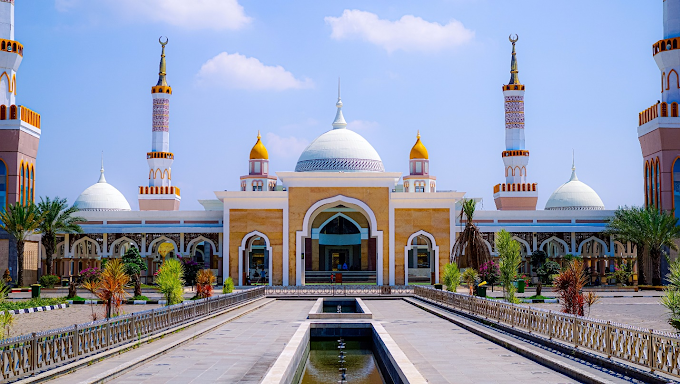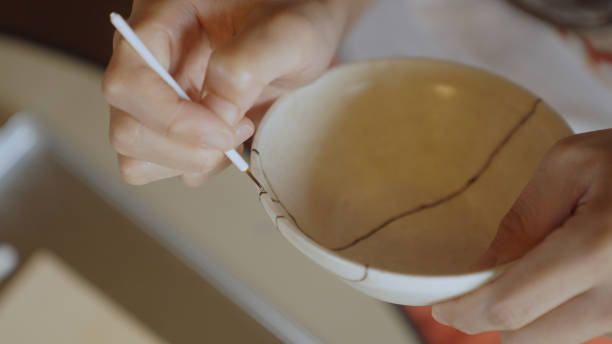Embracing Kimono with Modern Ease A Fresh Take on Japanese Clothing Kimono, Japan's cherished traditional
attire, continues to captivate people, often donned for special occasions. From
the elaborate furisode with long sleeves worn during coming-of-age ceremonies
to the formal male ensemble of montsuki haori hakama, the cultural significance
of these garments endures. However, in today's modern landscape, how does this
tradition resonate?
Unraveling the Complexity of Kimono for Accessibility
"Traditional attire demands time,
effort, and a plethora of accessories. The kimono itself can be quite costly,
necessitating precise measurements and tailoring to fit the wearer. Moreover,
kimono carry specific formalities and seasonal fabric guidelines, governing
when and where they should be worn. Consequently, some individuals seek to
infuse novelty into their outfits while preserving the essence of Japanese
culture," explains Tanaka Akira, an expert in traditional crafts and
Japanese culture, renowned for his role as an editor of a kimono specialist
magazine.
In recent years, even traditional
Japanese clothing manufacturers have embraced this new perspective, garnering a
growing following for their products. In Kyoto, the former imperial capital
where tradition thrives, ancient Japanese clothing companies now offer a more
casual range of Japanese-style attire. One company representative, a dedicated
kimono wearer, initially appreciated the strict rules governing kimono. Yet,
observing creative individuals blend Western clothing with kimono, he felt
compelled to craft products that resonate with the times. This shift
demonstrates how even within traditional industries, innovation is on the
horizon.
A Modern Twist on the Kimono
The kimono, a long-sleeved robe
secured with a wide obi belt, typically creates a noticeable bulge at the
wearer's back when tied. However, this company has innovated an obi that ties
at the front like a ribbon, ensuring a flat back, allowing ease when sitting on
a chair with a backrest.
This user-friendly obi, produced by a
Kyoto-based Japanese clothing manufacturer, features decorative bows or half
knots at the front and takes only a short time to put on. The company has also
introduced a range of innovative, easy-to-wear options for men. This ambitious
development reflects a flexible mindset: while many have relished the
traditional rules governing Japanese clothing, there are others who yearn for a
different approach to enjoy Japanese attire.
Modern Inspirations from Japanese Culture
Beyond kimono, other Japanese-style
clothing items have embraced contemporary aesthetics. Even a venerable umbrella
store, specializing in wagasa (Japanese-style umbrellas) for five generations,
has embarked on a new journey. While a traditional wagasa consists of
oil-soaked washi (Japanese paper) on a bamboo frame, these modern iterations
feature bamboo frames and water-repellent polyester and polypropylene fabrics.
They offer a compact and portable design while retaining the allure of
Japanese-style umbrellas, seamlessly complementing both Japanese and Western
attire.
Expanding the Horizon of Japanese Clothing
In addition to umbrellas, a wide array
of modern products such as scarves and bags have integrated Japanese aesthetics,
providing a fresh dimension to Japanese-style clothing.
Japanese-Western Fusion
Today, some individuals opt to pair
Western-style bags with kimono rather than traditional Japanese bags. The
practice of combining lace parasols from Western culture with kimono has
already become established. Tanaka views this shift with an open mind,
acknowledging the influence of Western culture in the late 19th century that
led to the integration of new styles into kimono customs. He states, "In
certain settings like Western-style restaurants or contemporary gatherings,
combining kimono with Western attire can exude elegance and sophistication.
Japanese-style clothing remains stylish as well. As long as the occasion isn't
highly formal, you have the freedom to savor them however you prefer."
The evolving manner in which people
embrace Japanese-style clothing reflects changing times. Let us anticipate the
new developments that undoubtedly await in the future."



.jpg)



